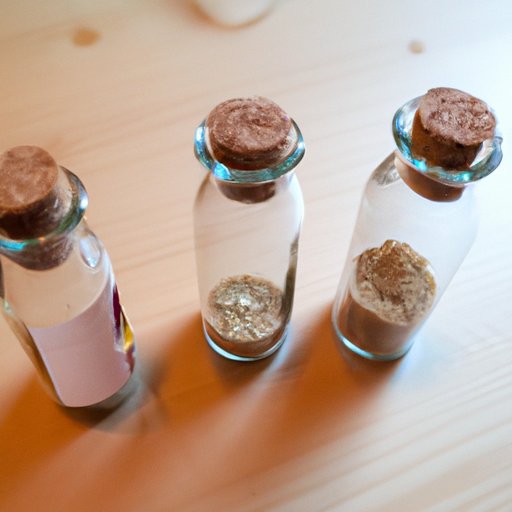
Introduction
Gin, one of the most popular spirits in the world, has seen a resurgence of interest in recent years, with many people opting to make their own gin at home. Making gin at home can be a fun and rewarding activity, allowing you to experiment with different flavors and botanicals to create your unique blend. This article will guide you through the process of making gin from scratch, providing tips and techniques to help you achieve the perfect result every time.
How to Make Gin: A Step-by-Step Guide for Beginners
The first step in making gin is gathering the necessary ingredients and tools. Gin is made by distilling a neutral spirit (like vodka) with botanicals, which can include juniper berries, coriander, citrus peel, and other herbs and spices. You will also need a still, a thermometer, and a measuring tool.
The next step is to prepare your botanicals. Crush them lightly to release their flavor, then measure out the required amount for your recipe. Combine the botanicals with the neutral spirit in your still, then heat the mixture up. This will cause the alcohol to evaporate and condense, resulting in a concentrated gin distillate.
The Art of Crafting Homemade Gin: Tips and Techniques
If you want to get the best results when making gin at home, you need to use quality ingredients. Invest in the best juniper berries and other botanicals you can find, as these will determine the flavor and aroma of your gin. Look for specialty suppliers who can provide fresh, high-quality ingredients.
To enhance the flavor of your gin, experiment with different botanicals and flavor combinations. Try adding floral or spicy notes to your recipe, or experiment with different types of citrus peel. Keep in mind that some flavors are more overpowering than others, so start with small amounts and adjust as needed.
Gin-Making 101: The Basics You Need to Know
Gin has a long and fascinating history, dating back to the 17th century. There are many types of gin, but the three most common styles are London Dry gin, Genever, and Old Tom gin. London Dry gin is the most popular style, characterized by its crisp, dry flavor. Genever is a more traditional style, with a maltier flavor and a softer finish. Old Tom gin is sweeter and richer than London Dry gin, with a more complex flavor profile.
The botanicals used in gin are what give the spirit its unique flavor. Juniper berries are a key ingredient, providing the characteristic piney flavor of gin. Other botanicals commonly found in gin include coriander, angelica root, orris root, citrus peel, and various herbs and spices. Each botanical has its unique flavor profile, and experimenting with different blends is what makes gin-making so exciting.
Gin DIY: How to Distill Your Own Gin at Home
There are two main types of stills used in gin-making: pot stills and column stills. Pot stills are the traditional stills used in gin-making and are recommended for beginners. Column stills are more complex and produce a more refined product but are more expensive and difficult to use.
It is important to note that distilling alcohol at home is illegal in many countries. Before you start distilling your gin at home, make sure to check the legal requirements in your area. In some places, you may need to obtain a license or permit to distill alcohol at home.
To distill your gin at home using a pot still, start by adding your botanicals and neutral spirit to your still. Heat the mixture slowly, allowing it to warm up until the liquid starts to vaporize. This vapor will then condense into a concentrated gin distillate. Collect this distillate and repeat the process until you have the desired amount of gin.
Make Your Own Classic Gin: A Recipe for Success
Here is a classic gin recipe that you can make at home:
- 750 ml of neutral spirit (like vodka)
- 10 grams of juniper berries
- 10 grams of coriander seeds
- 5 grams of angelica root
- 2 grams of orris root
- 2 grams of citrus peel
- 1 gram of cardamom
To make this recipe, combine all the ingredients in a still and heat the mixture until the liquid vaporizes. Collect the distillate and repeat the process until you have the desired amount of gin. Adjust the recipe as needed to achieve your desired flavor profile, adding or removing botanicals as necessary.
Conclusion
Making gin at home can be a fun and rewarding activity, allowing you to experiment with different blends and flavor profiles. Use quality ingredients, experiment with different botanicals and flavor combinations, and follow the steps outlined in this article to achieve the perfect result every time.





